As cities worldwide evolve into complex ecosystems, the demand for innovative solutions in urban transportation is reaching new heights. Enter Battery Electric Vehicles (BEVs), a cornerstone for cleaner, more sustainable urban mobility. Unlike conventional vehicles, BEVs run entirely on electricity, offering significant reductions in emissions and paving the way for more intelligent transportation systems in bustling urban centers.
The emergence of electric cars in cities is not merely a trend; it’s a revolution redefining how we think about commuting. With urban transportation trends shifting toward sustainability, BEVs are the go-to solution for environmentally conscious consumers and city planners. Their capability to integrate seamlessly with existing public transport infrastructures makes them ideal for short-distance travel, reducing congestion and improving air quality.
This blog post will delve into the profound impact of BEVs on mobility, examining how these battery-electric vehicles are transforming the landscape of urban transport. By highlighting their benefits, including efficiency, cost-effectiveness, and reduced noise pollution, we aim to showcase why BEVs are not just vehicles of the future but essential components for a sustainable urban environment.
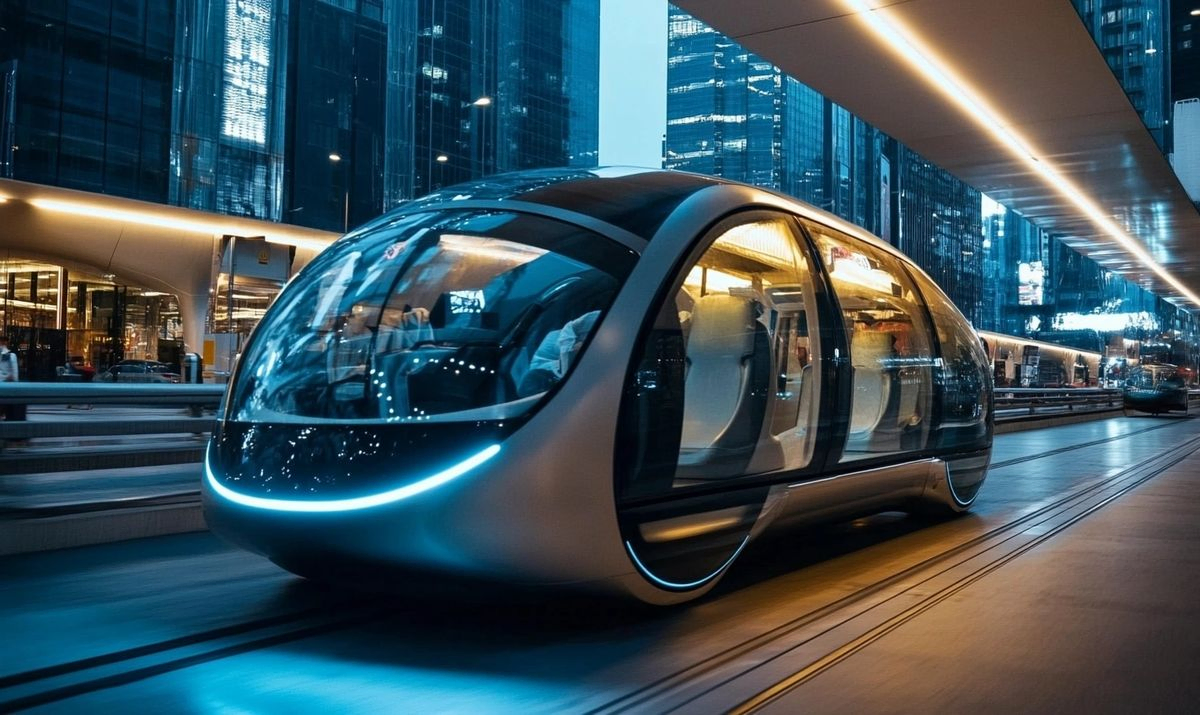
Understanding Battery Electric Vehicles (BEVs)
What Are BEVs?
Battery Electric Vehicles, or BEVs, are the shining stars of the electric car world. Imagine cruising around without a drop of gasoline in your tank! These cars are powered solely by electricity stored in big, hefty batteries. Pretty cool, right?
But you might wonder, “Why should I care about BEVs?” They’re designed to offer cleaner and greener driving options, which is becoming a huge deal in our pollution-heavy cities.
How Do BEVs Make Urban Mobility Better?
Have you ever been stuck in traffic, breathing in smog? Now, picture streets filled with electric cars in cities. With more BEVs on the road, you’d notice less noise and cleaner air. These beauties are making a significant BEV impact on mobility in urban areas.
- Zero tailpipe emissions
- Lower operating costs compared to gas cars
- Quiet operation enhances city vibes
And guess what? BEVs can help cities save on energy, too! They can be plugged into renewable energy sources like solar or wind. It’s like having a rechargeable phone – only way more relaxed!
Why Urban Transport Needs BEVs
Urban transportation is changing. We’re moving toward a future where electric cars rule the roads, and that’s exciting! But this isn’t just about flashy new rides. It’s about practicality and sustainability.
Imagine hopping in a BEV that zooms silently down the streets while you chat with a friend about your day. And then, when you get home, it’s plugged in and ready to charge. It’s just as easy as charging your devices!
How Are Urban Transportation Trends Shaping This Change?
With trends shifting towards eco-friendliness, cities are adopting BEVs and embracing policies that promote electric mobility. This means more charging stations and less reliance on fossil fuels.
- Increasing investment in charging infrastructure
- Incentives for people to buy battery-electric vehicles
- Urban planning focusing on BEV integration
So, every time you see an electric car glide by, remember it’s part of a more significant movement toward sustainable urban living. Isn’t that something to get excited about?

The Rise of Electric Cars in Cities
Electric Cars Transforming Urban Landscapes
Have you ever wondered how electric cars are changing our cities? Think about it. Imagine a bustling city where the air is cleaner and the roads are quieter. This utopia is becoming a reality with the growing popularity of battery electric vehicles (BEVs). Gone are the days of gas-guzzlers. Now, BEVs are leading the charge for better urban mobility.
The Benefits of BEVs in Urban Areas
So, what makes BEVs so unique for urban transportation trends? Here are some key advantages:
- Reduced Emissions: With zero tailpipe emissions, electric cars in cities are helping to improve air quality.
- Noise Reduction: BEVs operate quietly, making city streets more pleasant for pedestrians.
- Cost-Effective: Home charging can save you money compared to gas prices.
This isn’t just theoretical. Various studies show that cities adopting BEVs experience significant decreases in traffic-related pollution. Doesn’t that sound like a win-win?
BEV Impact on Mobility and Accessibility
Think about your daily commute. Wouldn’t it be easier if you didn’t have to deal with traffic jams that waste time and increase stress? BEVs are not just about being eco-friendly. They are also about enhancing mobility. Imagine a scenario where you can zip through the city, skipping those long lines at gas stations. Plus, many cities are integrating charging stations into their infrastructure, making it easier to plug in and go!
Urban Transformation with BEVs
Now, let’s not gloss over some real-world examples. Cities like Amsterdam and San Francisco are already reaping the benefits of a substantial BEV presence. They’ve seen:
- Parks filled with happy families enjoying cleaner air.
- Streets lined with charging stations, akin to the modern-day phone charging spots.
- Innovative public transport options, like electric buses and ridesharing programs.
So, as electric cars continue to surge in our urban landscapes, they are not just vehicles but catalysts for a revolution in our cities. BEVs are not only transforming the way we travel but also creating a more sustainable future. Isn’t that thrilling?
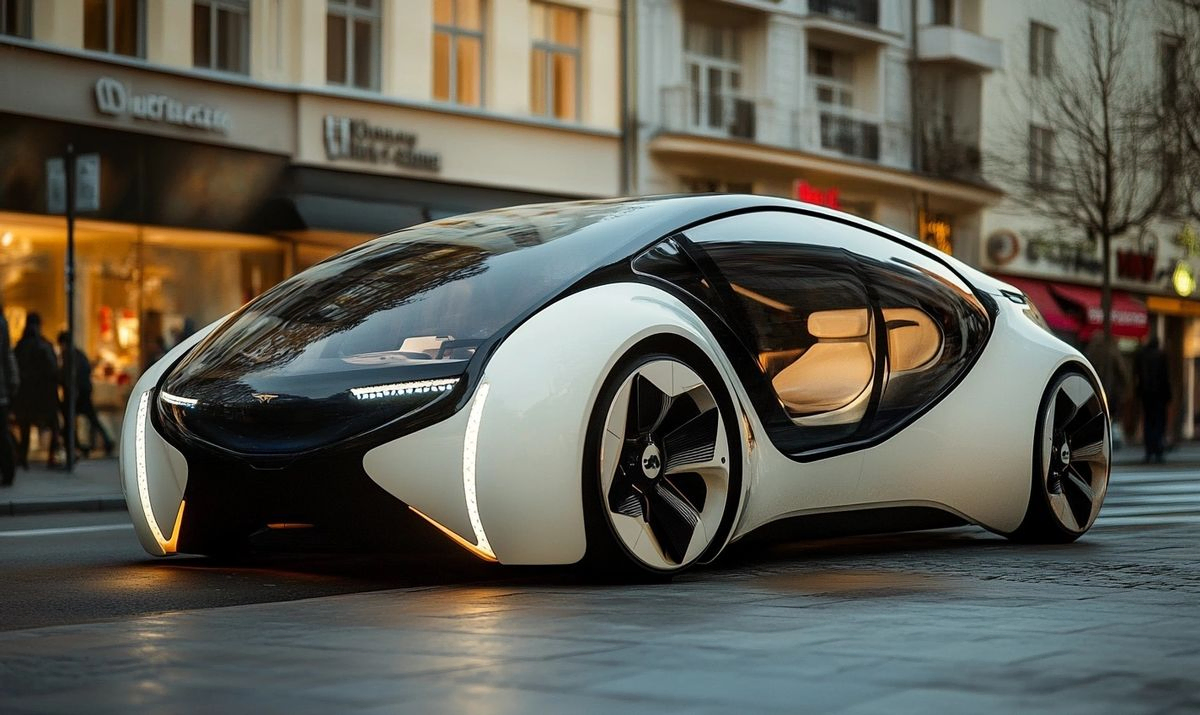
BEV Impact on Mobility: Benefits for Urban Areas
Transforming City Life
Imagine breathing cleaner air while strolling through your favorite city streets. Doesn’t that sound inviting? Battery electric vehicles (BEVs) are making this vision a reality. With the rise of electric cars in cities, urban environments are set to become more sustainable and livable.
Sustainable Solutions for Urban Transportation
BEVs offer refreshing solutions to urban challenges. They don’t just reduce emissions; they also promote more efficient urban mobility. Think about it: fewer gas stations mean more green spaces and parks. It’s a win-win!
Benefits That Shine Bright
Here’s how BEVs are changing the game:
- Reduced Air Pollution: BEVs emit zero tailpipe emissions, helping clear the air.
- Lower Operating Costs: Powering with electricity is cheaper than gasoline. Plus, maintenance is more straightforward.
- Noise Reduction: Electric engines are whisper-quiet, making cities feel calmer.
Boosting Urban Mobility
Consider this: In areas filled with BEVs, traffic can flow better. If everyone were driving a battery-electric vehicle, we would spend less time in gridlock. Doesn’t that sound dreamy? Urban transportation trends lean more towards BEVs as cities strive for innovative solutions.
Rethinking Urban Spaces
Imagine replacing traditional parking lots with parks for children or community gardens. As more folks switch to electric, this can happen. It’s about reclaiming space. With BEVs and urban mobility intertwined, cities can transform into more people-friendly environments.
Engaging the Community
Community involvement is critical. People are being encouraged to adopt electric cars in cities. How? Through incentives like tax breaks or discounted charging rates. If you’re a city planner, why not take charge and offer more charging stations? Simple initiatives can make a huge difference.
BEVs have a significantly positive impact on mobility. By embracing battery electric vehicles, cities are enhancing transportation and nurturing vibrant, lively, and green urban habitats. Together, let’s work towards a cleaner, more sustainable future!
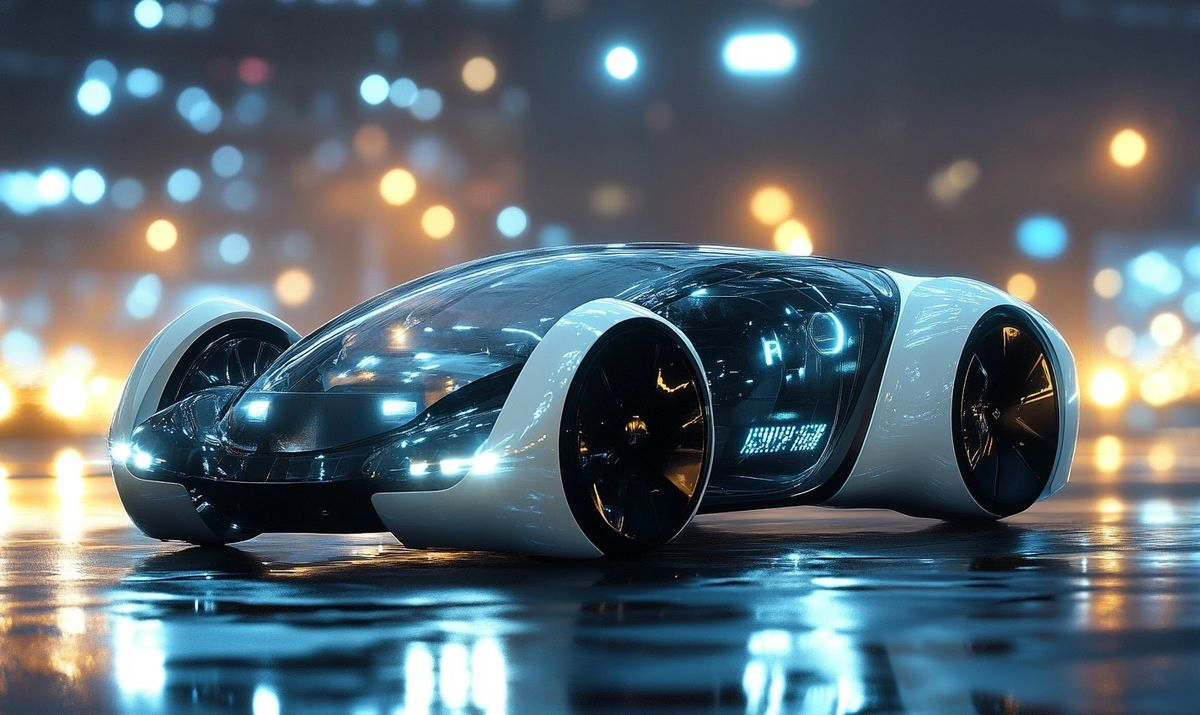
Types of Electric Vehicles: A Closer Look at BEVs
What are Battery Electric Vehicles (BEVs)?
Battery Electric Vehicles, or BEVs, are the superheroes of the electric car world. They run entirely on electric power, using large batteries to propel you. Imagine gliding silently through the streets, leaving behind only a whisper as you pass by. Isn’t that appealing?
Why Are BEVs Important for Urban Mobility?
When we talk about urban mobility, BEVs play a pivotal role. They offer a clean, efficient way to navigate busy city streets where air quality is often a concern. Did you know that transportation contributes significantly to greenhouse gas emissions in urban settings? Switching to electric cars in cities can make a huge difference.
How Do BEVs Fit into Urban Transportation Trends?
Think of BEVs as the new trendsetters in a busy fashion show. They’re changing urban transportation trends by providing:
- Reduced Noise Pollution: BEVs are quieter, making city streets more peaceful.
- Less Dependence on Fossil Fuels: By running on electricity, they help decrease reliance on oil.
- Enhanced Efficiency: Electric cars in cities can often utilize HOV lanes, speeding up your journey.
The Ripple Effect of BEVs on Mobility
The BEV impact on mobility extends beyond just your ride. Here are a few areas where they create a positive ripple effect:
- Improved Air Quality: With fewer emissions, our cities can breathe easier.
- Cost-Effective Transportation: Electric vehicles often have lower operating costs over time. Who doesn’t love saving money?
- Encouragement of Renewable Energy: Many cities pair BEVs with solar charging stations. Talk about a power couple!
Are BEVs the Future of Urban Transportation?
Battery-electric vehicles are leading the race for cleaner urban spaces. As more cities invest in charging infrastructure, the switch will become more accessible and convenient. Isn’t it exciting to think about a future where our cities are cleaner, quieter, and more enjoyable?

Urban Transportation Trends Shaping the Future
The Shift to Electric Vehicles
Picture this: You’re cruising down a city street, enjoying the silence that only a battery-electric vehicle (BEV) can provide. This is a glimpse into the future of urban mobility. But what drives this trend? More cities are embracing electric cars to combat pollution and traffic jams.
Benefits of BEVs in Urban Areas
Have you ever thought about how electric cars in cities can make daily commutes easier? Here are a few benefits:
- Reduced Emissions: BEVs produce zero tailpipe emissions.
- Quiet Operation: Creep through bustling streets.
- Lower Operating Costs: Save cash on fuel and maintenance.
These benefits are not just numbers; they change how we feel about our cities. Imagine walking in a cleaner, quieter environment.
Urban Mobility and BEV Impact
So, how do BEVs fit into the tapestry of urban transportation trends? Think of them as the threads weaving a brighter picture for public transit. When more electric cars hit the road, we see:
- A decrease in noise pollution.
- Improved air quality, making our lungs happy.
- More efficient public transport systems.
It’s like swapping out an old, rusty bicycle for a sleek new e-bike. The entire ride gets better!
Rethinking City Layouts
Now, consider how these trends might reshape our cities. With the focus on BEVs, urban planners are rethinking their layouts. Charging stations are popping up like mushrooms after a rainstorm. This shift ensures that urban mobility is not only convenient but sustainable.
Whenever a new electric car hits the streets, it’s like planting a tree in a concrete jungle. More greenery, less pollution. And doesn’t that sound lovely?
Ultimately, embracing BEVs isn’t just about technology. It’s about creating spaces where we can thrive, breathe easily, and enjoy the ride. Are you excited about the journey ahead? You should be!
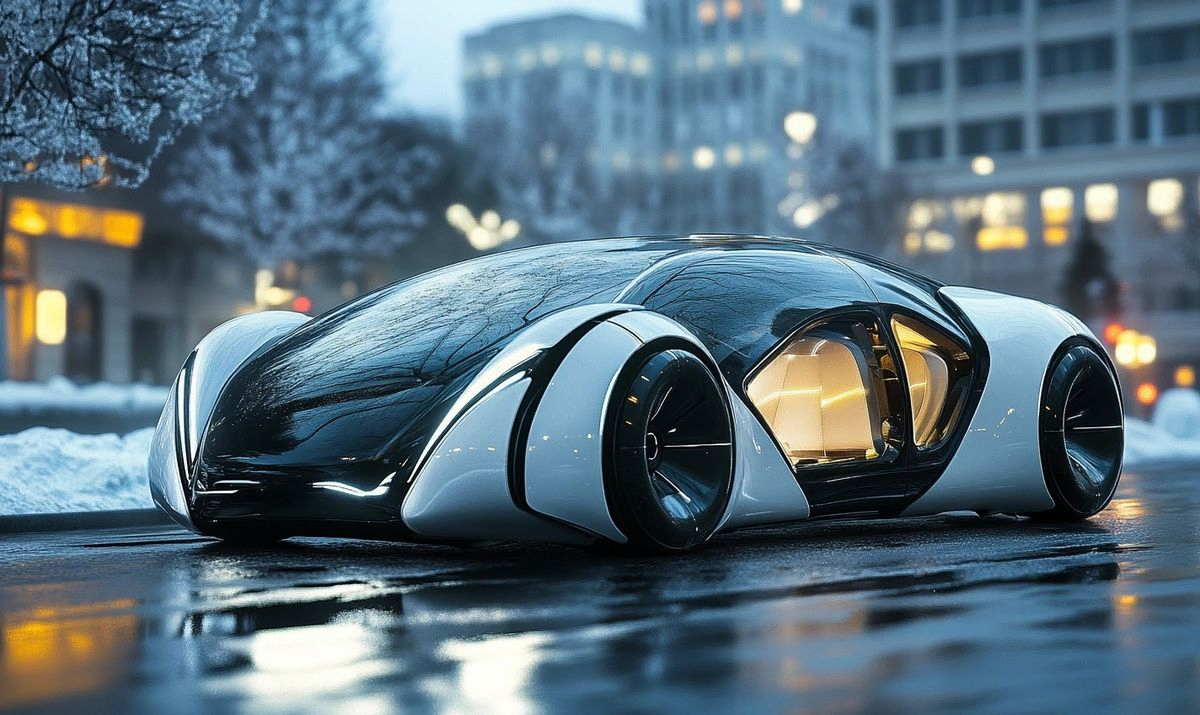
Challenges and Opportunities for BEVs in Urban Mobility
Let’s explore the world of Battery Electric Vehicles (BEVs) and their role in urban mobility. Who wouldn’t want cleaner air and quieter streets? But the electric car landscape is not all rainbows and butterflies. Challenges lurk around every corner.
What’s Stopping Us?
A few hurdles can dampen the excitement about electric cars in cities. Here are the major ones:
- Charging Infrastructure: Finding a charging station in a desert is like finding a buffet in a desert. Who will take the plunge on a BEV if charging stations are scarce?
- Range Anxiety: Picture this: you’re cruising the street, but that low battery warning pops up. Heart racing, you’re suddenly on a ticking clock!
- Cost Concerns: While prices drop, BEVs can still hit your wallet hard initially. Not accessible for everyone, right?
But Wait, There’s More!
For every challenge, there’s a silver lining. The BEV’s impact on mobility is profound and transformative. Here’s how we can flip the script:
- Tax Incentives: Governments often roll out the red carpet for electric car owners, offering discounts and rebates!
- Innovative Solutions: Companies are stepping up, creating apps that help you locate charging stations in real time. No more guessing games!
- Sustainability Goals: Cities are setting ambitious goals for reducing carbon emissions. BEVs are a shining star in that mission.
Your Ride, Your Impact
Every time you hop into a BEV, you’re not just taking a drive but joining a movement. Imagine the streets filled with clean energy vehicles instead of gas guzzlers. This shifts the conversation toward urban transportation trends that benefit everyone.
So, let’s embrace the electric wave. The hurdles might seem daunting, but with the proper infrastructure and community support, our cities could thrive with BEVs leading the charge. Wouldn’t that be something special?

The Role of Charging Infrastructure in City Planning
Imagine you’re headed out in your battery-electric vehicle (BEV). The roads are open, the city is buzzing, and you only need a little juice to keep going. But wait! Where will you charge? This dilemma is becoming increasingly vital as we embrace electric cars in cities. Without a solid charging infrastructure, our beloved BEVs can quickly become glorified paperweights.
Why Charging Stations Matter
Think of charging stations as gas stations for the electric age. They’re the lifelines that support our urban mobility. Using a BEV can be frustrating without enough charging points, like trying to find a bathroom at a music festival! Here’s why we need to focus on charging infrastructure:
- Convenience: More charging stations mean less searching and more time enjoying life.
- Confidence: Knowing you can quickly charge your vehicle makes you more likely to ditch the gas guzzler.
- Accessibility: Strategic placement of stations in urban areas ensures that everyone, including low-income neighborhoods, can benefit.
Innovative Planning Strategies
City planners have a real opportunity here. They can craft BEV-friendly neighborhoods and push urban transportation trends in the right direction. Here’s what they should consider:
- Real Estate: Integrate charging stations into parking lots, malls, and residential complexes.
- Public Spaces: Ensure parks and community centers are equipped with charging options.
- Government Incentives: Support businesses that install chargers, enticing them to be eco-friendly.
Picture this: You park your car at a café, step inside for a cup of coffee, and by the time you’re done, your BEV is charged and ready to roll. That’s the essence of a well-planned city. But without a robust charging infrastructure, this dream quickly fades away.
Challenging the Status Quo
We can’t ignore the challenges, though. Some cities still cling to outdated transportation models, and others underestimate the impact of BEVs on mobility. But the message is clear: we need to think ahead. Without adaptation, we risk falling behind in the race towards a sustainable future.
Charging infrastructure isn’t just about supporting electric vehicles; it’s about reshaping our urban landscape for the better. It’ll make our cities cleaner, quieter, and more efficient!
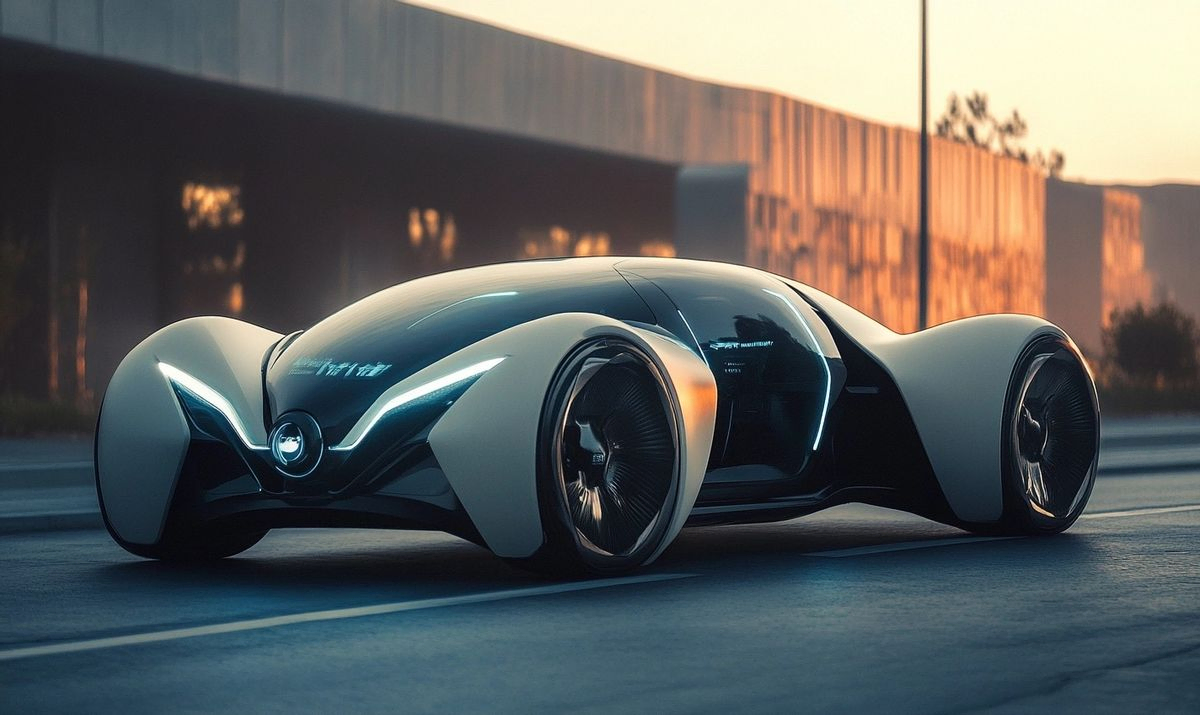
Real-World Examples of BEVs Enhancing Urban Mobility
It’s exciting to see how Battery Electric Vehicles (BEVs) are changing how we navigate our cities. Just picture it: streets filled with whisper-quiet cars, clean air, and less gridlock. Sounds dreamy, right? Let’s explore real-world examples of how these electric cars create a buzz in urban settings!
California’s All-Electric Rideshare
Take a look at California. They’ve embraced electric cars in cities. In San Francisco, ride-hailing services are adopting BEVs to reduce emissions. Imagine ordering a ride and knowing the vehicle is clean and fun. It’s like getting a refreshing breath of fresh air!
Amsterdam: The City of Bikes and BEVs
Ever heard of Amsterdam? It’s not just famous for its bikes. This city is also leading the charge with a growing fleet of electric taxis. These BEVs are making urban transportation more sustainable. Plus, with fewer harmful emissions, locals can enjoy cleaner air. It’s like a cozy blanket of fresh air wrapping around the city!
Shenzhen’s Electric Bus Fleet
And then there’s Shenzhen, China. This city transformed its entire bus fleet to electric. That’s right—all 16,000 buses are BEVs now! The impact on mobility is staggering. Think about it: less noise, less pollution, and more efficiency. It’s a win-win for urban commuters.
London’s Emission-Free Zones
London is also stepping up. They introduced emission-free zones that strictly allow battery electric vehicles to enter. Drivers are incentivized to switch to BEVs, making urban areas cleaner and more pedestrian-friendly. It’s like giving the city a fresh start!
Local Initiatives and Workshops
Cities are also investing in local workshops that encourage residents to go electric. These initiatives provide information and support for community members, enhancing the overall appeal of BEVs. Who wouldn’t want to be part of a forward-thinking community?
In these real-world scenarios, we can see how BEV’s impact on mobility changes the game. Urban environments are evolving for the better. Each city strives toward innovative and sustainable urban transportation trends with electric vehicles. It’s time to plug into the future!
Conclusion
In conclusion, the rise of battery electric vehicles (BEVs) undeniably transforms urban mobility, making electric cars more common. As we continue confronting pressing environmental issues and the need for more efficient urban transportation trends, BEVs stand out as an essential solution. Their zero-emission nature helps reduce air pollution and promote a healthier urban environment, undoubtedly amplifying the BEV’s impact on mobility.
We can expect a seamless shift towards sustainable mobility as cities adapt and evolve, integrating more electric cars into their public transportation systems and infrastructure. Policymakers and urban planners are beginning to recognize the potential of BEVs, leading to an increase in charging stations and user incentives, further encouraging the adoption of battery electric vehicles.
The future of urban transportation relies significantly on BEVs, paving the way for more accessible, efficient, and environmentally friendly solutions. As we embrace these changes, the potential for cities to flourish with cleaner air and reduced congestion becomes increasingly tangible. It is a journey towards revitalizing our urban spaces, one electric car at a time.
Frequently Asked Questions (FAQs)
What are BEVs, and how do they contribute to urban mobility?
Battery Electric Vehicles (BEVs) are powered entirely by electricity, making them pivotal in enhancing urban mobility by reducing city traffic congestion and pollution.
How do electric cars in cities affect air quality?
Electric cars produce zero tailpipe emissions, significantly improving air quality in urban areas where traffic pollution is a significant concern.
What is the BEV’s impact on mobility in urban areas?
The BEV’s impact on mobility includes enhanced access to public transport systems, reduced travel times, and improved city connectivity, fostering more efficient urban transportation trends.
Are BEVs more economical for urban transportation?
Yes, BEVs are generally more economical in fuel and maintenance costs, making them a cost-effective choice for urban transportation.
How do electric cars support sustainable urban development?
Electric cars support sustainable urban development by reducing greenhouse gas emissions and promoting cleaner technologies for urban transportation.
What are the critical urban transportation trends related to electric vehicles?
Key urban transportation trends related to electric vehicles include increased adoption of BEVs, expansion of charging infrastructure, and integration into public transport systems.
How does the charging infrastructure support electric cars in cities?
Charging infrastructure supports electric cars in cities by providing accessible options for recharging, thereby encouraging higher adoption rates of battery electric vehicles.
Can BEVs help in reducing traffic congestion?
Yes, BEVs can help reduce traffic congestion by facilitating ridesharing and promoting the use of ridesharingtric mobility solutions, making more efficient use of urban road space.
What are the environmental benefits of using battery electric vehicles in urban areas?
The environmental benefits of using battery electric vehicles in urban areas include reduced carbon emissions, decreased noise pollution, and lower reliance on fossil fuels.